Learning how to sew can be an exciting journey. As a beginner, one of the essential skills to master is different sewing stitches. Sewing stitches not only hold the fabric together but can also add decorative elements to your projects. Here are some commonly used beginner sewing stitches to get you started:
Straight Stitch
The straight stitch is the most basic stitch in sewing. Typically used for sewing seams, it creates a straight line of stitches. To sew a straight stitch, start by bringing the needle up through the fabric, then down and up again to make a small stitch. Repeat the process, keeping the stitches evenly spaced. Straight stitches are often used for sewing hems or basic seams.

Zigzag Stitch
The zigzag stitch is versatile and is often used to prevent raw edges from fraying. It creates a zigzag pattern on the fabric. To make a zigzag stitch, adjust your sewing machine settings to create the desired width and length of the stitch. Once set, sew along the fabric’s edge, allowing the needle to move side to side. Zigzag stitches are useful for finishing seams, appliquéing, or decorative purposes.

Backstitch
Backstitching reinforces the beginning and end of a seam, preventing it from unraveling. To create a backstitch, start by sewing forward a few stitches, then reverse the machine to sew backward. Continue alternating between forward and backward stitching until the seam is complete. Backstitches are commonly used for securing seams in high-stress areas or sewing buttons.

Blind Hem Stitch
The blind hem stitch is ideal for creating nearly invisible hems. It is often used for sewing garments with a professional finish. To sew a blind hem stitch, fold the fabric hem, leaving a small section unfolded. Use a blind hem foot attachment on your sewing machine to guide the stitch. The machine will create small, nearly hidden stitches that hold the hem in place.

Overcast Stitch
The overcast stitch is commonly used to finish fabric edges, preventing fraying. It is particularly useful for hand-sewn projects or fabrics that don’t fray easily. To make an overcast stitch, bring the needle up through the fabric and loop it over the fabric edge. Insert the needle back into the fabric, creating a diagonal stitch. Repeat this process along the fabric edge, creating a series of diagonal stitches.

Conclusion
Mastering different sewing stitches is crucial for anyone venturing into sewing. By familiarizing yourself with these beginner stitches, you can create sturdy seams, prevent fraying, and add decorative elements to your projects. As you gain experience, you can explore various stitch patterns and techniques to enhance your sewing skills further.
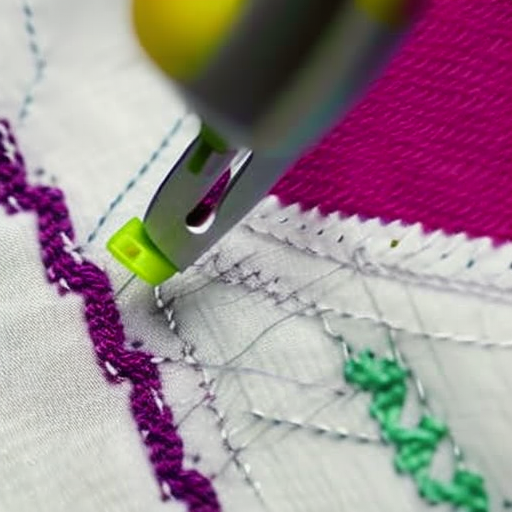
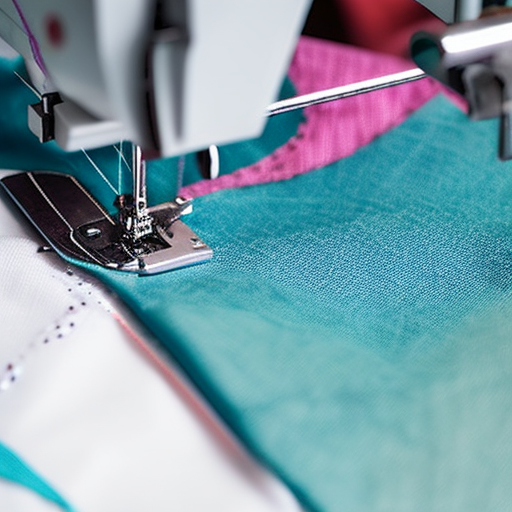
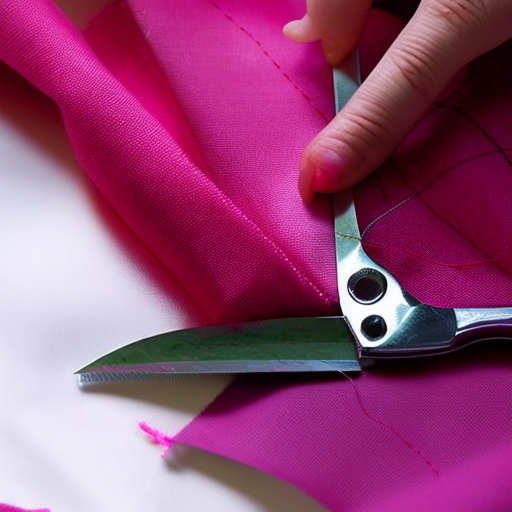
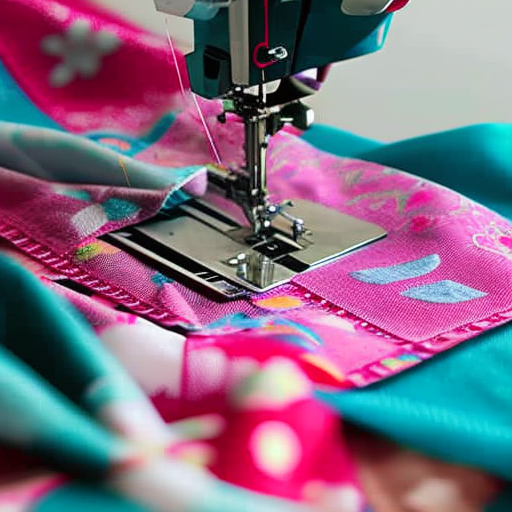
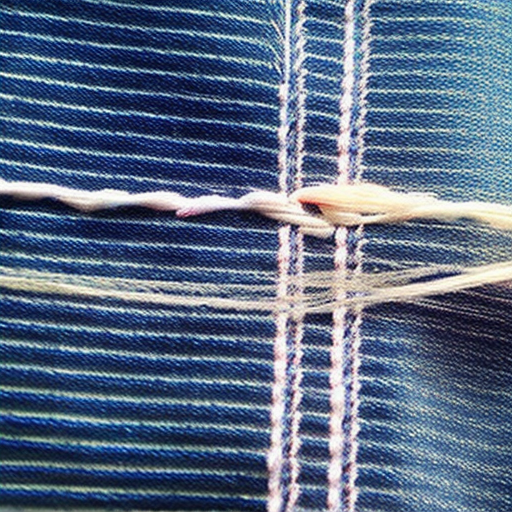
“This is so helpful for someone just starting out!”
Great post! This is a great resource for those looking to learn the basics of sewing stitches – a must-have guide for any beginner seamstress.
“This looks like an incredible resource!”
“Just what I need!”